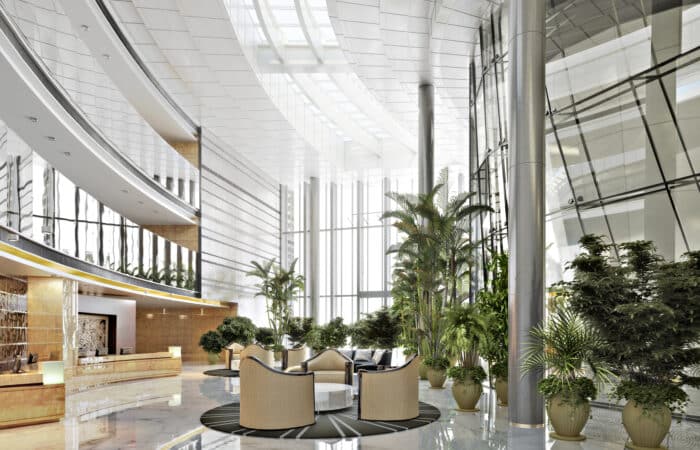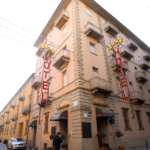In Italy, the hotel industry is undergoing a highly dynamic phase of great transformation.
With only 21% of the stock of hotel rooms linked to a brand, today, Italy is among the European countries with the lowest brand penetration. Undoubtedly, this represents a great opportunity both for upgrading existing stock and for new developments or conversions. Characterised by high levels of demand and performance, especially in primary and secondary markets, Italy has always been a primary target for major hotel groups.
There are many options available to owners and developers in terms of brands and concepts, and they are constantly increasing. It suffices to say that in the last ten years, the eight major hotel chains active in Europe have more than tripled the number of brands and thus the number of concepts available within their portfolios. This means that, now more than ever, it is possible to identify a specific brand suitable for any type of hotel, based on its commercial positioning, its service offering and, more generally, its commercial proposition.
Having many more brands available not only means more choice for hotel owners and developers, but also more competition between brands. And it is precisely the latter that has ensured that the commercial terms that can be obtained in the market today, in the face of a competitive process and regardless of the type of contract identified, are much better and more protective for the owner than in the past.
The combination of low brand penetration coupled with high performance and a strong focus on the Italian market means that hotel owners will be able to obtain better contractual conditions from hotel chains and a tailor-made branding strategy based on the hotel’s intrinsic characteristics, in order to maximise its performance and differentiate its offering.
Finally, we cannot fail to mention management contracts, which are experiencing a large increase. Thanks in part to significant developments in the luxury sector, primarily in the cities of Rome and Venice, they are the tool that best leverages the real estate component of the luxury and ultra-luxury segment, where hotels are usually trophy assets in super-prime locations and therefore offer greater performance stability by definition.





